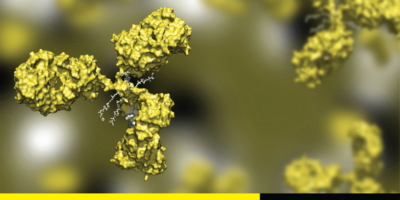Yong-Ak (Rafael) Song’s Biography
Yong-Ak (Rafael) Song, Assistant Professor of Mechanical and Biomedical Engineering, New York University Abu Dhabi

Professor Yong-Ak (Rafael) Song is the Director of the Micro- and Nanoscale Bioengineering Group at the New York University in Abu Dhabi (NYUAD), UAE. Rafael Y. Song’s research and teaching interests are interdisciplinary in both mechanical engineering disciplines such as design and manufacturing of MEMS devices, fluid mechanics, and micro/nanofabrication, as well as in biological engineering areas such as BioMEMS, neuroprosthetic implants, and optogenetics using C. elegans worms. He received his B.S., M.S., and Ph.D. in mechanical engineering from RWTH Aachen University, Germany and worked at the Korea Institute of Science and Technology (KIST) as a Senior Research Scientist. He joined the Micro/Nanofluidic BioMEMS Group in the Department of Electrical Engineering and Computer Science at MIT as a Research Scientist. He joined NYUAD in September 2012. Since then, he has been spearheading the research activities in liquid biopsy and neuroengineering. He has received the NYU Whitehead Fellowship for Junior Faculty in Biomedical and Biological Sciences in 2014 and the Postdoctoral Fellowship from Merck/Computational Systems Biology Initiative of MIT in 2004.
Accelerating the Detection Speed of Circulating DNA/RNA by Electrokinetic Concentration in a Microfluidic Chip
The cell-free DNA (cfDNA), which consists of fragments of DNA from dying cancer cells, and exosomes released during fusion of the multivesicular endosomes have demonstrated great promise as an alternative biomarker for cancer detection and assessment of treatment. To enhance the detection sensitivity and speed of “Liquid Biopsy” tools for cfDNA and exosomal RNA, we have developed a microfluidic concentrator chip based on ion concentration polarization (ICP) that can preconcentrate target nucleic acids electrokinetically from a ~µL fluidic sample into a ~pL plug in the vicinity of the molecular capture probes. ICP preconcentration not only reduces the analyte diffusion length but also increases the binding reaction rate, and as a result, ICP-enhanced biosensors allow much faster hybridization than standard diffusion-limited biosensors such as microarrays. Utilizing an ion-selective conductive polymer membrane, poly(3,4-ethylenedioxythiophene) polystyrene sulfonate (PEDOT:PSS), in a microfluidic channel, we could achieve a concentration increase of DNA by 6 orders of magnitude from an initial concentration of 100 fM at 50V within 10 min. As for the detection via surface hybridization on morpholino (MO) probes, a class of uncharged DNA mimics, DNA target concentration as low as 10 pM was detected within 15 min. In the case of an exosomal RNA, miR21, we could accelerate its surface hybridization on MO probes by 7-fold using the electrokinetic concentrator. It even allowed an increase of the concentration of exosomes (from human breast cancer cell lines, ~105/mL) locally for a sensitive fluorescence detection. These results demonstrate a potential application of the microfluidic electrokinetic concentrator for a rapid detection of cfDNA and exosomal RNA molecules down to few pico- and femtomolar regimes.





